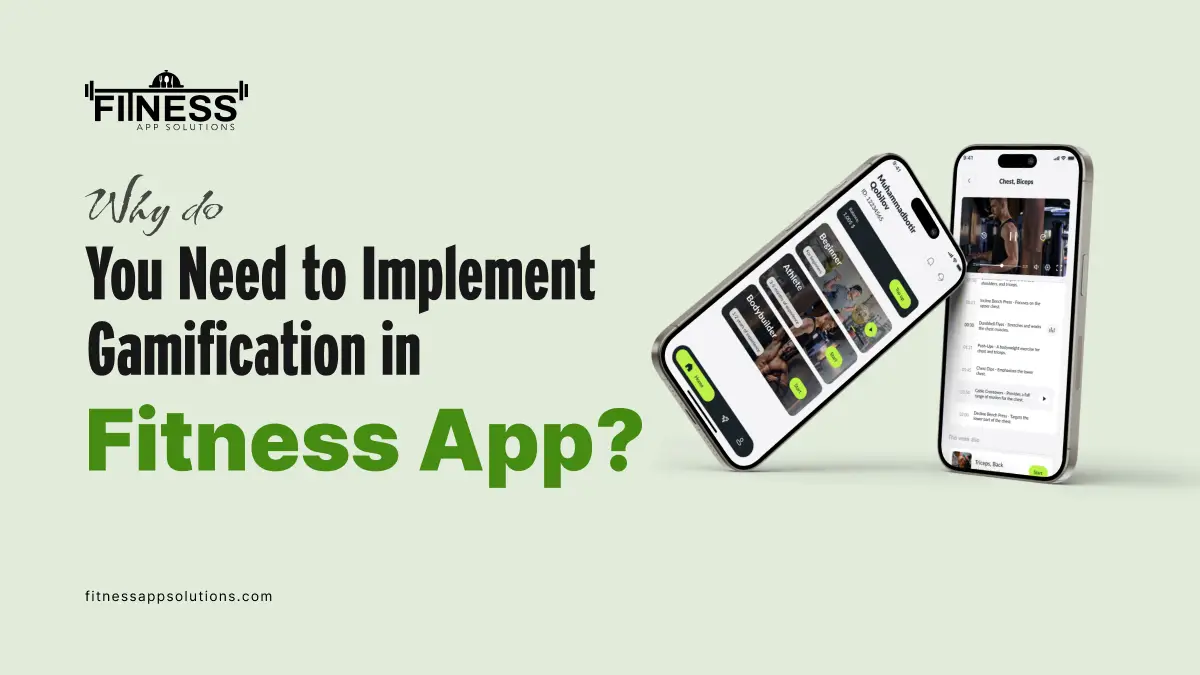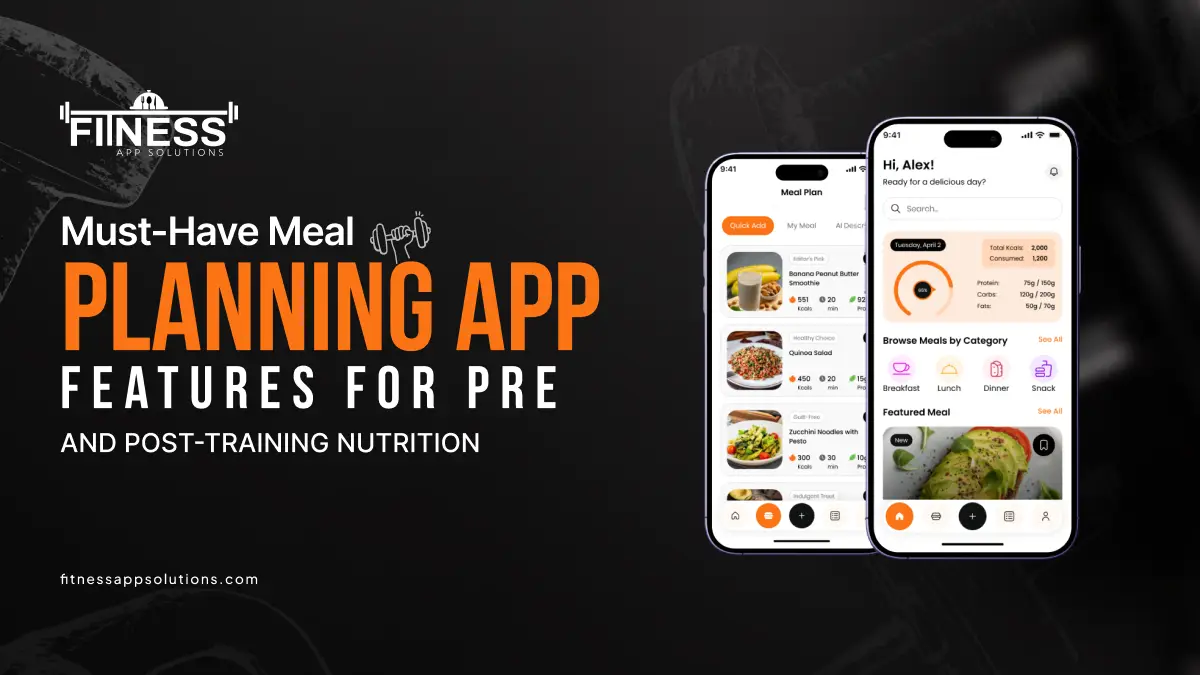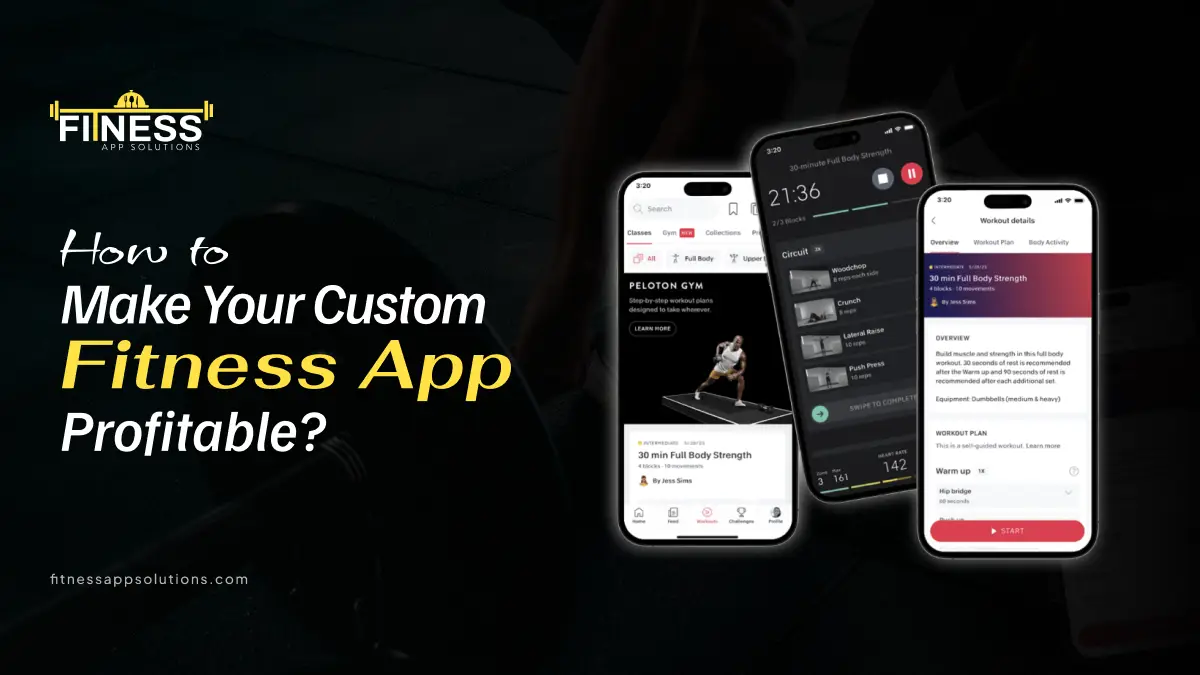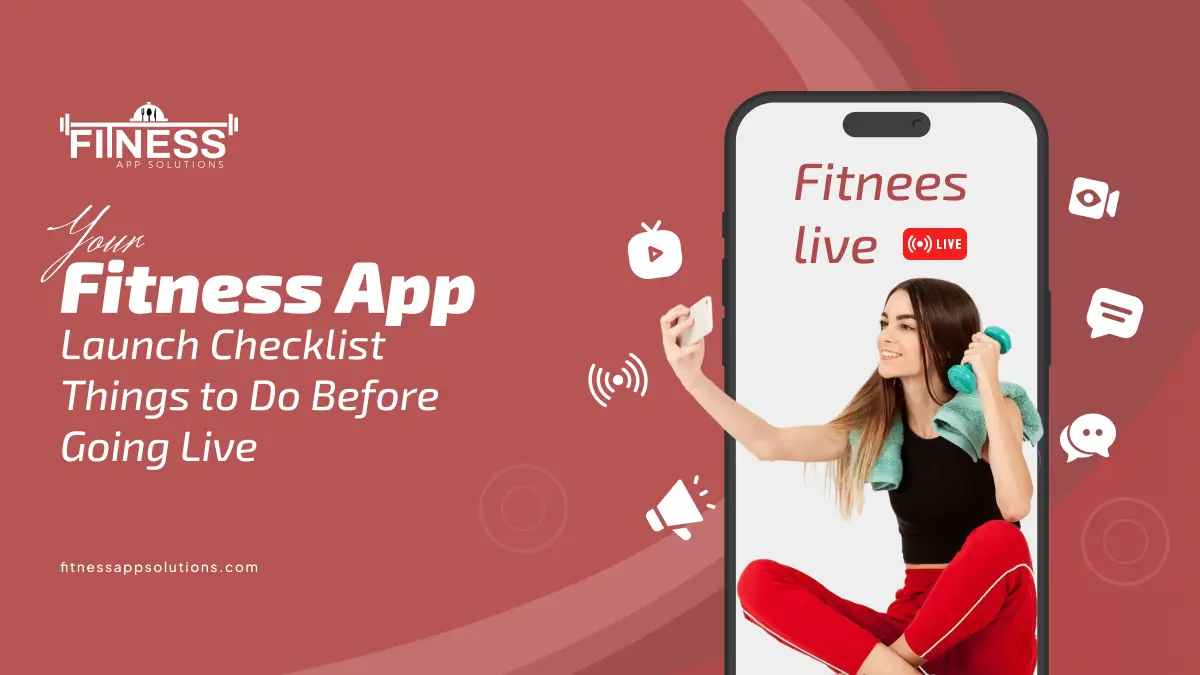Maintaining a healthy lifestyle can be a challenging task in today’s fast-paced world. Many people find it hard to stay motivated and committed towards their fitness goals. This is where gamification apps help in generating interest. By integrating game-like elements into fitness apps, developers can create engaging experiences. This encourages the users to stay active and reach their health objectives. Fitness app solution helps you to develop an outstanding fitness app with robust and trendy features to outshine in the fitness market.
In this blog, know about the importance of including gamification features in fitness apps. Along with its benefits, and how it can transform the way we approach fitness.
What is Gamification?
Gamification involves incorporating game-design elements into non-game situations to improve user engagement and motivation. This can involve features such as points, badges, leaderboards, challenges, and rewards. The goal is to make activities more fun and fulfilling, motivating users to engage more actively with the gamification apps.
What is the Importance of Implementing Gamification in Fitness Apps?

Implementing gamification in app can result in enhancing the overall growth of the fitness app. Here are some important reasons for implementing gamification in fitness apps:
1.Enhancing User Engagement
One of the primary reasons to implement gamification in fitness apps is to enhance user engagement. Traditional fitness apps often provide basic tracking features, which can become monotonous over time. By adding gamified elements, users are more likely to interact with the app regularly.
For instance, earning points for completing workouts or achieving milestones can make the experience more enjoyable and encourage users to return to the app consistently.
2.Motivating Users to Achieve Goals
Gamification can significantly boost motivation. When users see their progress represented through points, levels, or badges, they are more likely to feel a sense of accomplishment. This visual representation of progress can motivate users to push themselves further. For example, a user might be more inclined to complete an extra workout session to earn a badge or reach a new level, especially when using a gamification app.
3.Creating a Sense of Community
Many fitness apps incorporate social features that allow users to connect with friends or join groups. Gamification can enhance this sense of community by introducing competitive elements. Leaderboards can showcase top performers, encouraging friendly competition among users.
This not only fosters a sense of belonging but also motivates users to improve their performance to climb the ranks.
4.Encouraging Consistency
Consistency is key to achieving fitness goals. Gamification can help users develop healthy habits by rewarding them for regular activity. For instance, a fitness app might offer rewards for completing workouts on consecutive days or for reaching a certain number of active minutes each week.
These incentives can encourage users to stick to their routines and make fitness a regular part of their lives with the help of gamification and gamification apps.
5.Making Fitness a Fun Activity
Fitness should be enjoyable, not a chore. Gamification adds an element of fun to workouts, making them feel less like a task and more like a game. Users can participate in challenges, earn rewards, and compete with friends, all of which can make exercising feel more like a recreational activity.
What are the Key Elements of Gamification for Fitness Apps?
To effectively implement gamification in fitness apps, fitness app developers should consider incorporating the following elements.
Points and Scoring Systems:
A points system allows users to earn points for completing workouts, reaching goals, or participating in challenges. This scoring system can create a sense of achievement and encourage users to strive for higher scores.
Badges and Achievements:
Badges serve as visual representations of accomplishments. Users can earn badges for various achievements, such as completing a certain number of workouts, reaching a specific distance, or participating in challenges. These badges can motivate users to pursue new goals and showcase their progress.
Leaderboards:
Leaderboards display user rankings based on performance metrics, such as points earned, or workouts completed. This competitive element can encourage users to improve their performance and engage with the app more frequently.
Challenges and Competitions:
Fitness challenges can be a great way to motivate users. Apps can host challenges that encourage users to complete a certain number of workouts within a specific timeframe or achieve a particular fitness goal.
Users can compete against friends or the app community, adding an element of excitement.
Rewards and Incentives:
Offering rewards for achieving goals can further motivate users. These rewards can be virtual, such as unlocking new features or earning discounts on fitness products, or tangible, like gift cards or merchandise.
The prospect of earning rewards can encourage users to stay committed to their fitness journey with the help of gamification apps.
What are the Benefits of Gamification in Fitness apps?

Benefits of Gamification in Fitness Apps:
Increased User Retention:
Gamification can lead to higher user retention rates. When users find an app engaging and enjoyable, they are more likely to continue using it over time. This can result in a loyal user base and increased app usage.
Improved User Experience:
By making fitness more enjoyable, gamification enhances the overall user experience. Users are more likely to recommend the app to others and share their positive experiences, leading to organic growth and increased downloads.
Better Health Outcomes:
Ultimately, the goal of fitness apps is to help users achieve their health and fitness objectives. Gamification can lead to better health outcomes by encouraging users to stay active, set and achieve goals, and develop healthy habits.
Personalization:
Gamification allows for a more personalized experience. Apps can tailor challenges and rewards based on user preferences and fitness levels, ensuring that each user feels engaged and motivated.
Data-Driven Insights:
Gamified fitness apps can collect valuable data on user behavior and preferences. This data can be used to improve the app’s features, create targeted challenges, and enhance the overall user experience.
What are the Factors to Consider While Implementing Gamification in Your Fitness App?

Factors to Consider While Implementing Gamification in Your Fitness App:
Define Your Goals:
Before adding gamification elements, define the goals you want to achieve. As – Are you looking to increase user engagement, improve retention, or encourage specific behaviors? Understanding your objectives will guide your gamification strategy.
Know Your Audience:
Understanding your target audience is crucial. Different demographics may respond to gamification elements differently. Conduct user research to identify what motivates your users and tailor your gamification features accordingly.
Choose the Right Elements:
Select gamification elements that align with your goals and audience preferences. Consider incorporating a mix of points, badges, challenges, and social features to create a well-rounded experience.
Test and Iterate:
Once you’ve implemented gamification features, gather user feedback and analyze data to assess their effectiveness. Be open to adjusting based on user preferences and behaviors to continuously improve the experience.
Promoting Community Engagement:
Promote communities by encouraging users to connect with each other through various social media, community groups, and various challenges & leaderboard rankings. Building a sense of community can enhance motivation and engagement.
Conclusion
Including latest and trending features like gamification into your fitness app is an excellent market strategy for improving user experience, fostering motivation, and enhancing overall experience. By making fitness activities, a fun and rewarding procedure, you can help app users to stay committed to their fitness goals and develop a sense of community. As the fitness landscape is continuously evolving with new trends, on the same way gamification is playing a crucial role in shaping the future of fitness apps, by making them more effective and enjoyable for fitness app users.
Either you are an athlete or a fitness enthusiast, understanding the benefits of gamification apps can lead to a more fulfilling fitness journey.
Frequently Asked Questions (FAQs)
What is gamification?
Gamification means integrating game-like elements (such as points, badges, challenges, leaderboards, etc.) to enhance user engagement and motivation in achieving fitness goals.
How does gamification improve user engagement?
Gamification can improve user management by:
- Adding game-like features.
- Ensuring Users find the experience more enjoyable and rewarding.
- Encouraging users to interact with the app more frequently and consistently .
Can gamification help me achieve my fitness goals?
Yes, Gamification can help you to stay motivated with your fitness goal in an enjoyable manner.
What are the common gamification elements used in fitness apps?
Common gamification elements include:
- Points and scoring systems.
- Badges and achievements.
- Leaderboards.
- Challenges and competitions.
- Rewards or incentives.
Does gamification suitable for all fitness levels?
Yes, gamification can be tailored to cater to the needs of various fitness levels.
How can I stay motivated with my fitness goals?
You can maintain motivation and make your fitness journey more enjoyable, by:
- By participating in challenges.
- Earning points and badges.
- Competing with friends or other users.



